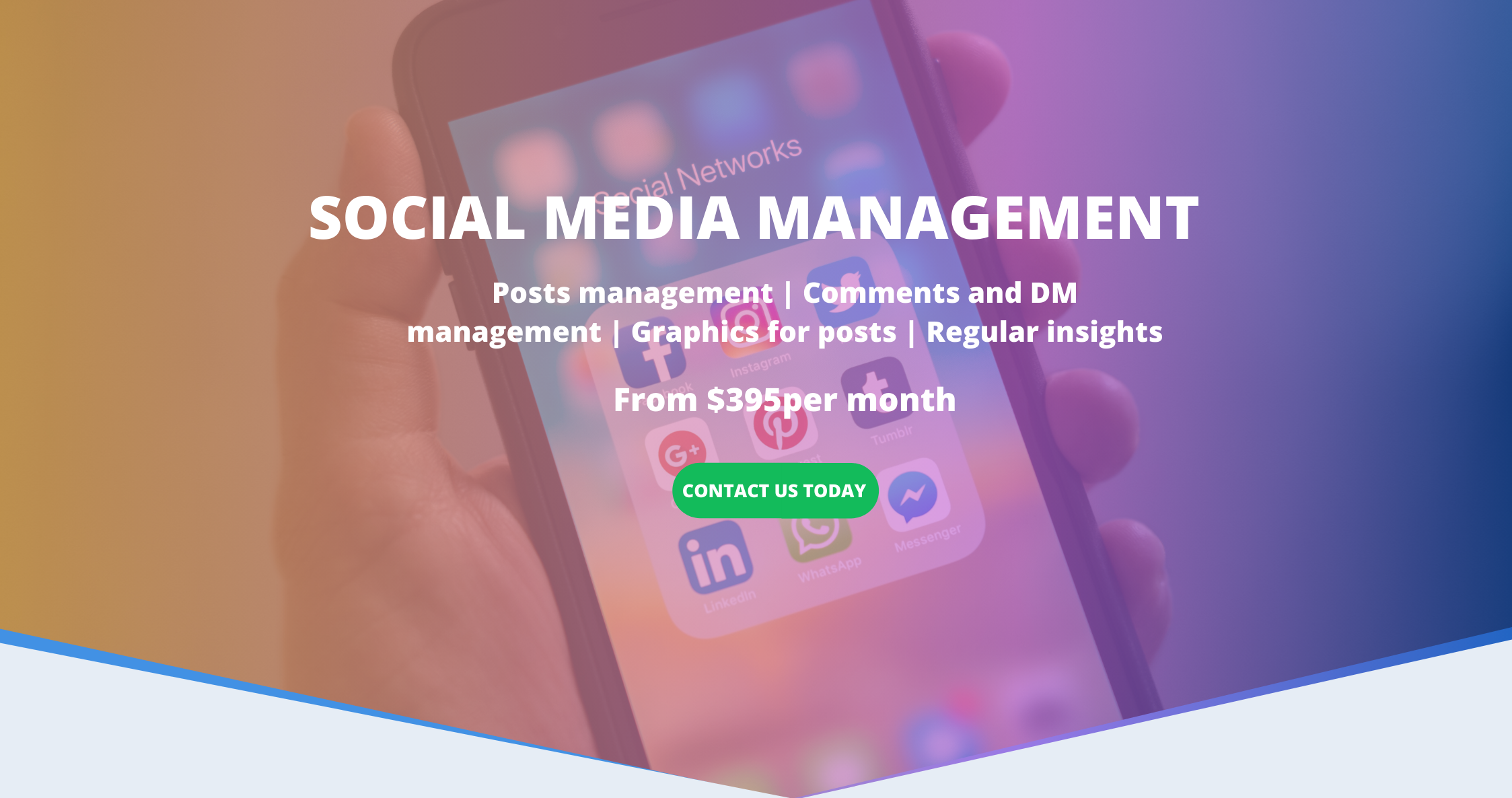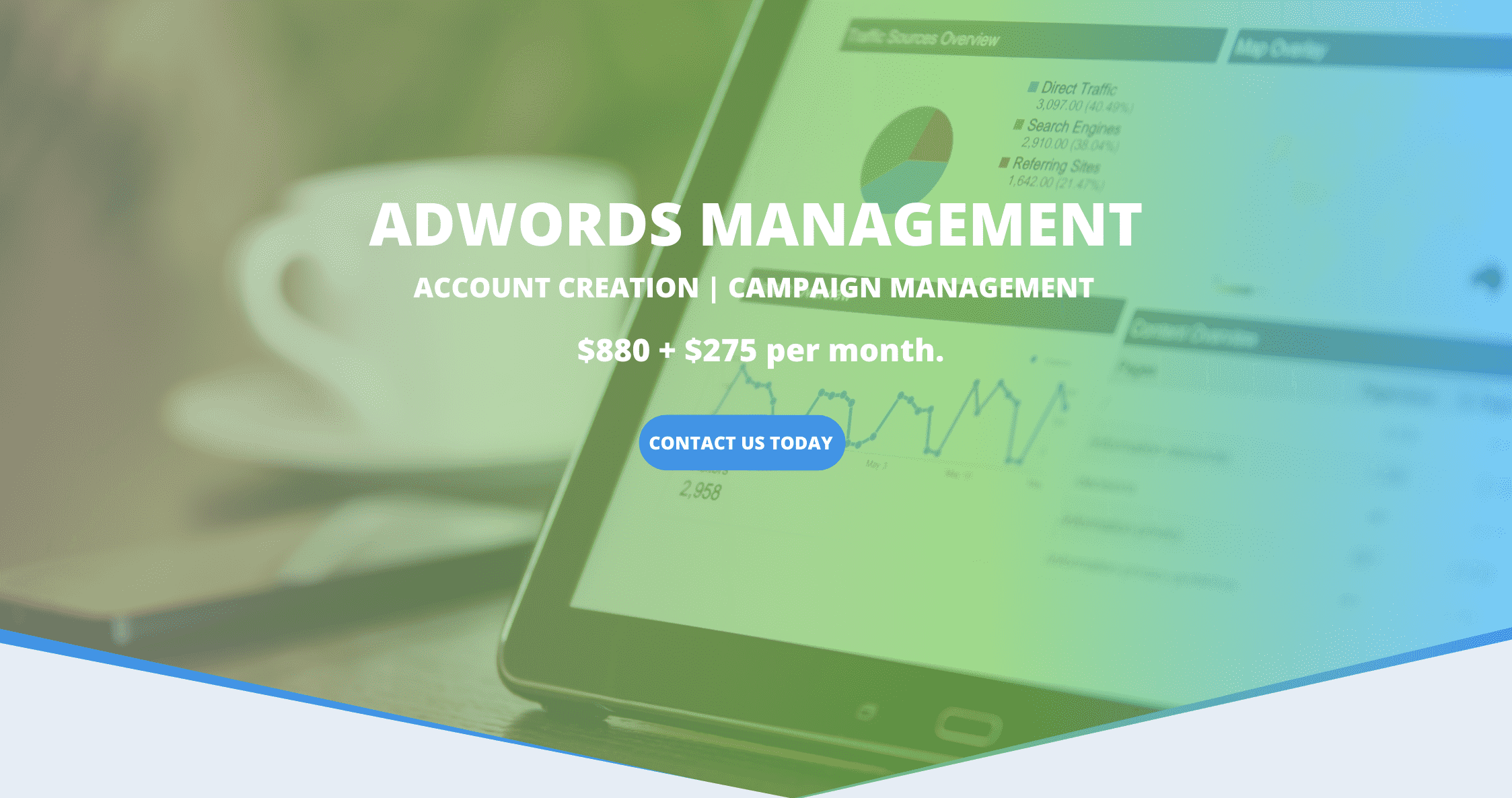- Home
-
Services
Services Shop Ecommerce Websites Lead Generating Websites Membership Websites Event and Conference Websites Web Traffic Generation Domain Name Services Email Marketing Hosting Services Search Engine Optimisation Social Media Marketing Adwords Management Content Marketing Graphic Design Perth SEO Services Branding
- Support
SELECT THE WEBSITE YOU REQUIRE...

E-Commerce
From simple to complex e-commerce web sites on all types of platforms. We have been innovating ecommerce solutions for 20+ years with over 1.1 billion in generated etail sales.

Lead Generating
Convert lookers to leads, browsers to bookers. and queries to quotes. Like to triple or quadruple your lead flow from existing traffic? Our solutions will help you grow.

Member Management
Extensive solutions for organisations, clubs, associations, conference and event organisers to make the running of their association simpler and more beautiful.

Event and Conference
Conference and Event promotional web sites for professional organisations to make registration, papers submission and payments easy to manage and update.


Why Choose Us?
GTP Understands and Provides The Perfect SEO Platform
- CONFIGURABLE SEO FRIENDLY URLS
- KEYWORDS IN HEADINGS, TITLES
- CREATE NEW CONTENT IN SEO FRIENDLY FORMAT
- 13 YEARS OF SEO EXPERIENCE
- YOUR SUCCESS IS OUR SUCCESS
- LONG TAIL KEYWORD AUTO OPTIMISED
- AUTO SITEMAP GENERATION
- AUTOMATIC INTERNAL LINKING
- TOOLS FOR SEO CONTENT IMPROVEMENT

LOADING
- Support



